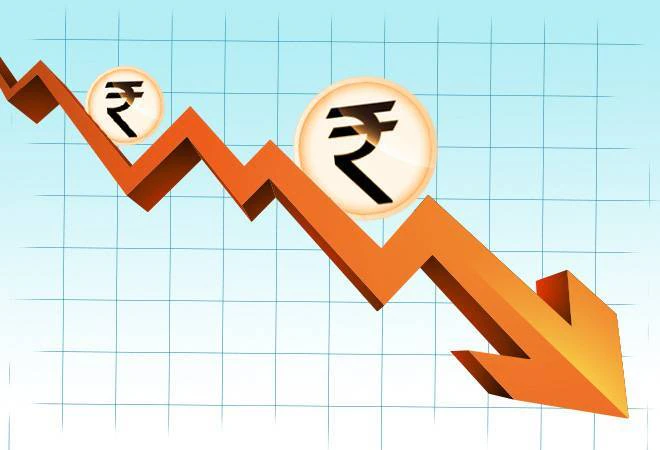Font size:
Print
Government Approves BioE3 Policy and Vigyan Dhara Scheme
Context:
The Union Cabinet has approved the ‘BioE3’ (Biotechnology for Economy, Environment, and Employment) policy and the Vigyan Dhara scheme.
More on News:
- These initiatives foster high-performance biomanufacturing and innovation-driven support for R&D and entrepreneurship across various thematic sectors.
- The Union Cabinet approved the continuation of three umbrella schemes from the Department of Science and Technology, merging them into a unified scheme called ‘Vigyan Dhara’.

BioE3 Policy:
- Objective: To accelerate technology development and commercialisation by establishing cutting-edge biomanufacturing and bio-AI hubs and biofoundries.
- Features: This initiative will prioritise regenerative bioeconomy models that promote green growth and facilitate the expansion of India’s skilled workforce, ultimately driving job creation.
- Initiatives such as achieving a Net Zero carbon economy and advancing the Lifestyle for Environment (LiFE) mission.
- Accelerated Green Growth by promoting a Circular Bioeconomy, which is crucial for sustainable development to address climate change, food security, and human health.
- Strategic Focus Areas:
-
- High-value bio-based chemicals, biopolymers, and enzymes
- Smart proteins and functional foods
- Precision biotherapeutics
- Climate-resilient agriculture
- Carbon capture and utilisation
- Marine and space research
|
Regenerative Bioeconomy: The regenerative bioeconomy is an evolving concept that integrates principles of sustainability, circularity, and regeneration into economic practices centred around biological resources. It emphasises the use of renewable biological materials and processes to create economic value while enhancing environmental health and resilience. |
Vigyan Dhara Scheme:
- A single unified central scheme to improve efficiency and synchronisation in fund utilisation.
- Outlay: The proposed budget is Rs 10,579 crore for the 15th Finance Commission period (2021-22 to 2025-26).
- Components: Science and Technology Institutional and Human Capacity Building, Research and Development, Innovation, Technology Development, and Deployment.
- Alignment: With the Anusandhan National Research Foundation (ANRF), following global standards while aligning with national priorities.
- Initiatives include offering internships for high school students and fellowships for graduate and post-graduate researchers.
- Focus on basic and translational research, particularly in sustainable energy and water, and foster international collaborations.
- To develop a strong research workforce, promote gender parity in STEM, and enhance cooperation among academia, government, and industry to drive innovation and R&D.



